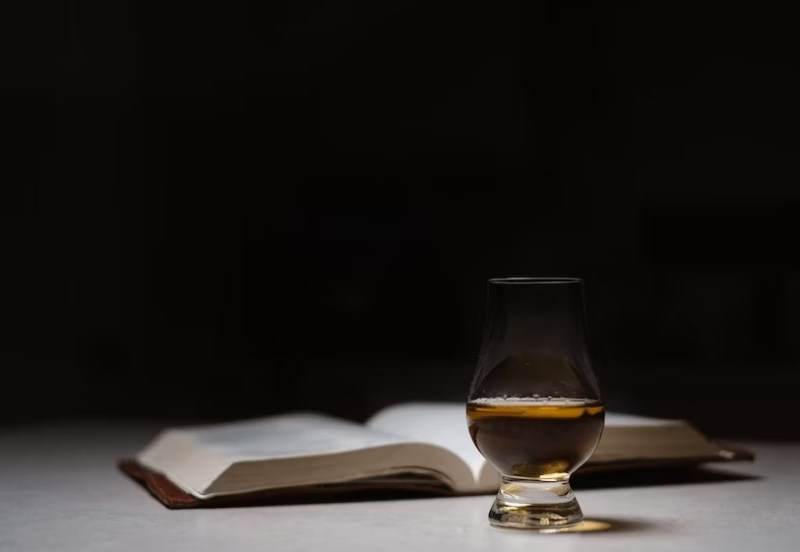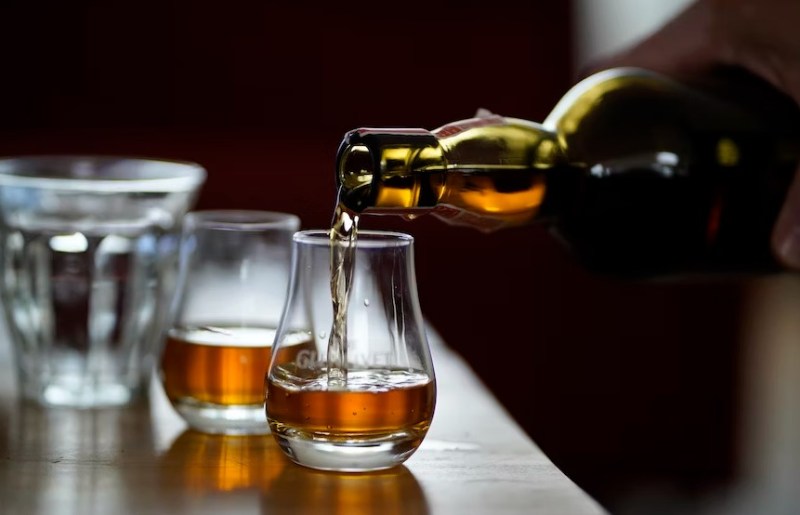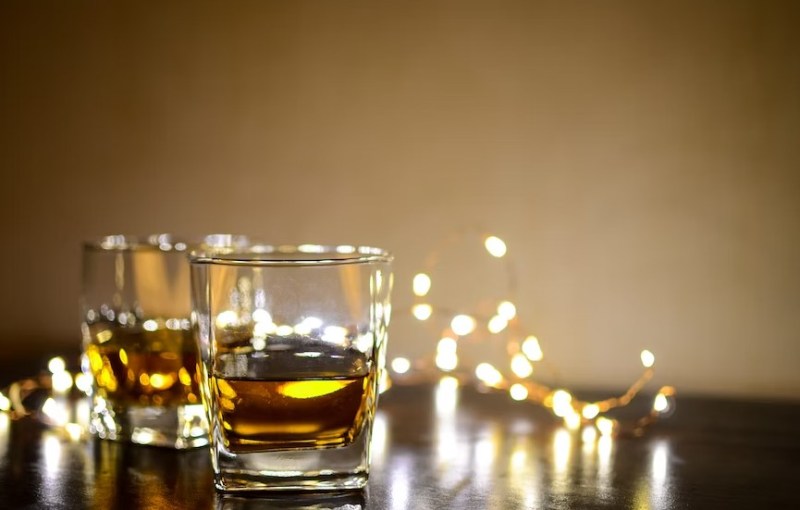
If you consider yourself to be a connoisseur of bourbon, you probably don’t simply throw it back without tasting it. You probably also imbibe it more than just mixed into bourbon drinks. But even if you sip it slowly, enjoying the nuanced flavors of vanilla, caramel, oak, dried fruits, and spices in the corn-based, aged spirit, you’re still probably not getting as much out of your Weller, Elijah Craig, Woodford Reserve, or Michter’s as you could be. It’s not easy to learn the real techniques involved in how to drink bourbon.
This is because, even though you’re drinking your bourbon neat, sipping it slowly, taking your time, and trying your best to pick out the various aromas and flavors, you probably don’t have all the skills to do it the way a bourbon distiller, blender, or expert taster might. This is because tasting bourbon (and all whiskeys) is done in steps. It’s more than just drinking and thinking. And it’s more than ordering bourbon on the rocks.
Fear not, we’re here to help. Below, you’ll learn about the steps bourbon professionals take to sample their whiskey (and whiskeys of their colleagues). You’ll learn how to taste bourbon. Take any whiskey-tasting course, attend a whiskey-tasting event, or simply sample some whiskey after touring a distillery and you’ll find that whoever is in charge will lead you through every one of these steps as well.
Keep scrolling to see them all. Pay close attention because every step is important. Miss one, and you won’t get the most out of your favorite bottle of bourbon. You spent a lot on it, so you probably want to enjoy it as much as possible, right?

Glassware
While it’s not a deal breaker, proper glassware is extremely important when it comes to tasting bourbon. Just like with Scotch whisky sampling, the best glass to get the most out of your bourbon is a Glencairn glass. This popular glass is rounded and bubbled at the bottom for maximum swirling to open up flavors. The top of the glass is narrower than the bottom to really concentrate the aromas.
Another popular option is a tulip-style glass. It has a long stem, so the warmth of your hands won’t impact the flavor of the whiskey. It also has a bowl shape and a narrower opening to concentrate aromas. If you don’t happen to have either of these glasses, a whiskey tumbler will suffice in a pinch.
The appearance
Pour your whiskey into your glass. A simple 2-ounce pour should be enough as you’ll be sampling it, not guzzling it. Notice the color. Is it amber, reddish amber, brown, or mahogany? What color is it? The darker the color, the longer it’s spent aging. That will key you in on the complexity of aroma and flavor.

The swirl
Give it a nice, gentle swirl. Take a look at the way the whiskey catches on the glass and slowly moves down. This is called its “legs.” The longer they take to make their way down the glass will let you know about the whiskey’s viscosity as well as its strength. Swirling will also open up the aromas and flavors.
The nose
You might be surprised to learn that nosing your bourbon begins with your mouth. It’s not just sniffing. You should be sure to keep your mouth open a little bit during this whole stage of the sampling process. This stops the alcohol burn from penetrating your nostrils, thus allowing you to actually take in the aromas. Otherwise, you’ll just be breathing in the spicy, alcohol burn.
Also, don’t stick your nose far into the glass or the same effect will occur. You need to be just at the edge of the glass, letting the aromas waft up and envelope your olfactory senses. What you smell is open to interpretation. There are no wrong answers. You’ll probably notice any heat or spices at first. Take those in and take another sniff and you’ll find more complex aromas. Is it fruity or nutty? Are there notes of sweet corn or vanilla? How about toffee? The more you do this, the more you’ll find new and exciting aromas.

First sips
Your first few sips aren’t going to really give you much. They are likely going to be spicy and filled with heat. It will be difficult to find much else. This is why you should take a few little sips to get your taste buds used to the whiskey. Let the burn fade and then the real tasting will begin.
The taste
Take small sips and hold them in your mouth for 20 to 30 seconds. Let it cover your tongue all over. Take a moment to take in the various flavors. Swallow and immediately breathe in some air. This will bring forward even more flavors you might have missed before. Keep doing this and you’ll be surprised by the various flavors you find.
Some drinkers also use what is referred to as the “Kentucky chew” where they almost chew the bourbon while they sip. Is it fruity or nutty, or is there some sulfur? Do you find charred wood? Caramel apples?

Add some water
Especially if you’re sampling a cask-strength or high-proof bourbon, you’re going to want to add a few drops of water. This will open up the whiskey even more.
The finish
Now it’s time to savor the finish. Sit and just let it linger on your tongue for a few moments. Is it warming? Hot? What flavors finish the experience? Are there dried cherries, toffee, brown sugar, or charred wood?

Enjoy yourself
It’s important to note that even though there are many steps, and it might seem daunting, tasting bourbon is supposed to be fun. The aromas and flavors you find are up to you and your specific palate. Don’t take it too seriously and have fun.



